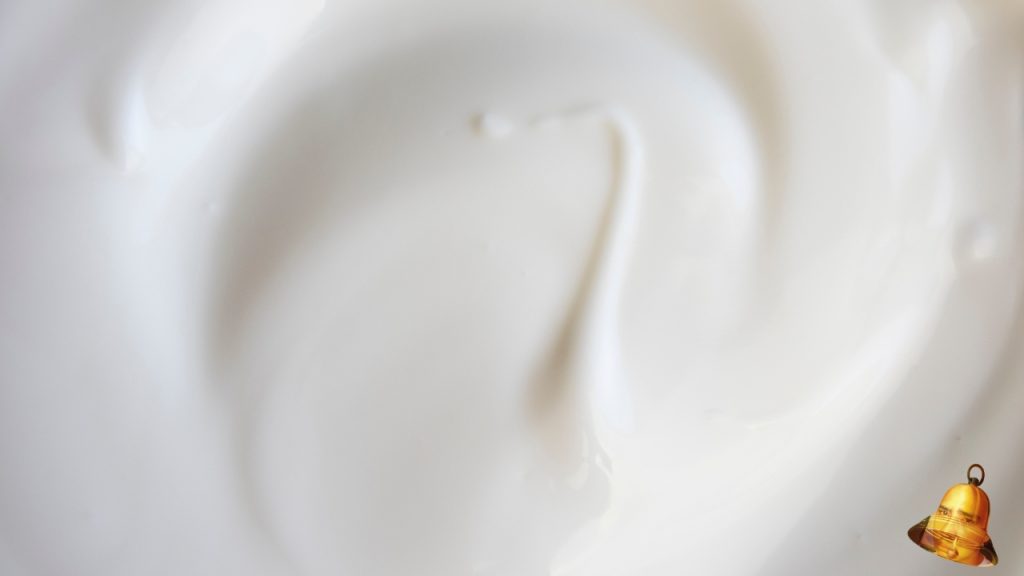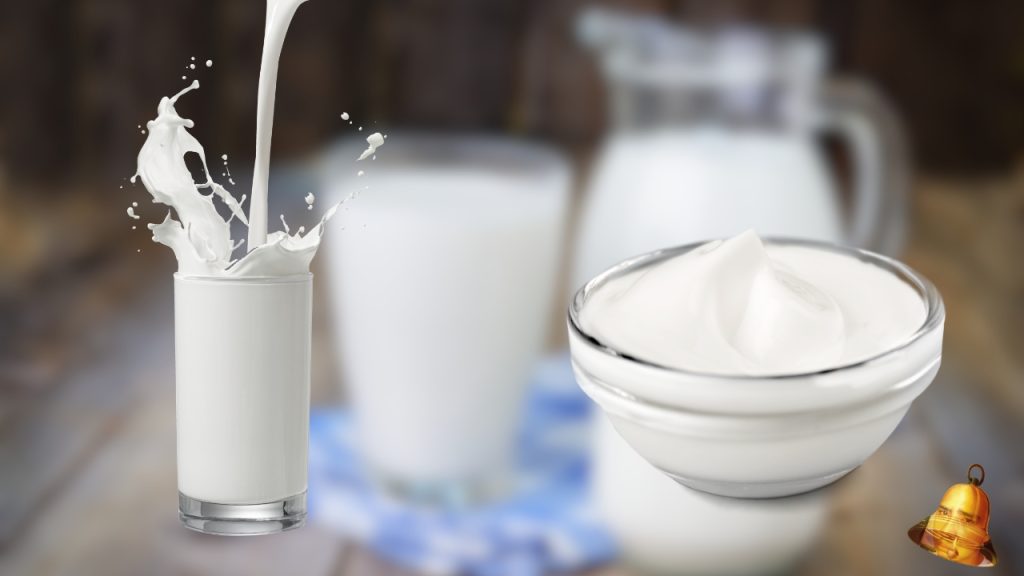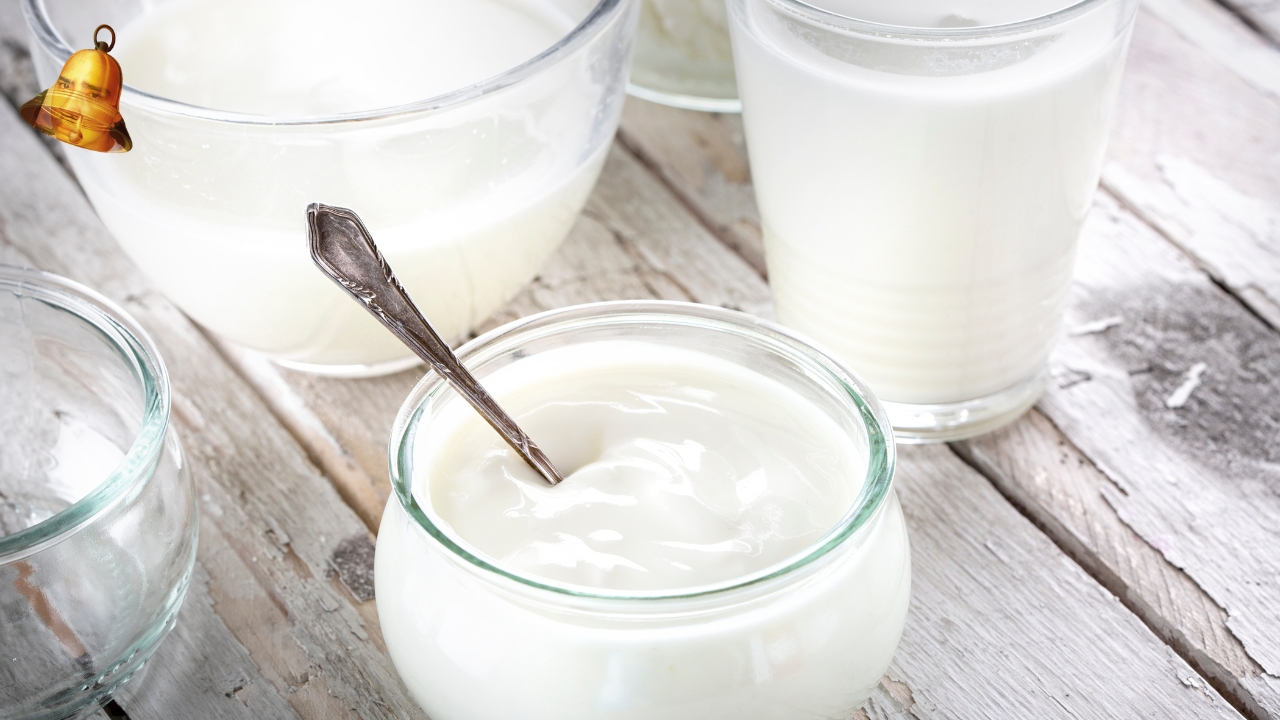Hello friends Summarized! This time we will discuss the differences in texture and taste between milk and yogurt. Maybe some of you already know that milk and yogurt are processed products from milk that undergo a fermentation process. However, do you know what makes the difference in texture and taste between milk and yogurt? Come on, see the explanation below!
Differences in Texture and Taste Between Milk and Yogurt
What is Milk and Yogurt?
Milk is a white liquid produced by the mammary glands of mammals, such as cows, goats, sheep or humans. Milk contains various important nutrients, such as protein, fat, carbohydrates, vitamins, minerals and water. Milk can also be processed into various other products, such as cheese, butter, cream, ice cream and yogurt.
Yogurt is a processed product from milk which undergoes a fermentation process with the help of lactic acid bacteria. These bacteria will convert lactose (milk sugar) into lactic acid, which causes milk to turn sour and clot. Yogurt also contains the same nutrients as milk, but with lower levels of fat and lactose. Yogurt can also be added with various flavors, such as fruit, honey, sugar or syrup.
Texture Differences Between Milk and Yogurt
Texture is a physical property of a material related to touch or touch. Texture can be described by words like smooth, rough, soft, hard, rubbery, sticky, etc.

The texture between milk and yogurt is very different. Yogurt has a thicker , denser , and lumpier texture than milk. This is caused by the fermentation process which makes the milk protein decompose and form small lumps. These lumps will hold the water inside so that the yogurt becomes denser.

Meanwhile, milk has a thinner , runny , and homogeneous texture than yogurt. This is because the milk protein is still intact and not decomposed by bacteria. Milk also doesn’t contain lactic acid which makes it sour and curdles.
Taste Difference Between Milk and Yogurt

Taste is a chemical property of a material related to the tongue or taste. Taste can be described by words like sweet, salty, sour, bitter, spicy, etc.
The taste between milk and yogurt is also very different. Yogurt has a more sour taste than milk. This is due to the presence of lactic acid produced by lactic acid bacteria during the fermentation process. This lactic acid will also suppress the growth of other bacteria that can damage yogurt.
Meanwhile, milk has a sweeter taste than yogurt. This is due to the presence of lactose (milk sugar) which has not been converted into lactic acid by bacteria. This lactose will also give milk a savory taste.
The taste of yogurt is also determined by the composition of the bacteria added as well as the type of milk and the flavor variants used. Meanwhile, pure milk derived from dairy animals (cows, goats, sheep) or milk from plant extracts (eg soybeans and almonds) has a more liquid texture and does not clot.
Sample case
To clarify the differences in texture and taste between milk and yogurt, here are examples of cases we can try:
- Take two glasses that are the same size and fill them with milk and yoghurt respectively.
- Try stirring the two with a spoon and notice the difference in thickness. The milk will be easier to stir and flow, while the yogurt will be more difficult to stir and will hold its shape.
- Try pouring both into a bowl or plate and notice the difference in shape. The milk will spread and form a thin layer, while the yogurt will build up and form a thick layer.
- Try tasting both with your tongue and notice the difference in taste. Milk will taste sweet and savory, while yogurt will taste sour and fresh.
Conclusion
From the explanation above, we can conclude that the difference in texture and taste between milk and yogurt is caused by the fermentation process carried out by lactic acid bacteria. This fermentation process converts lactose into lactic acid, which makes the milk sour and curdles. This also affects the texture and taste between milk and yogurt.
Milk has a thinner, runny, and homogeneous texture than yogurt. Milk also has a sweeter taste than yogurt. Yogurt has a thicker, denser, and lumpier texture than milk. Yogurt also has a more sour taste than milk.
Thus the article about the differences in texture and taste between milk and yogurt. Hopefully useful and add to your insight. If you have questions or feedback, please write them in the comments column below. Thank You!


